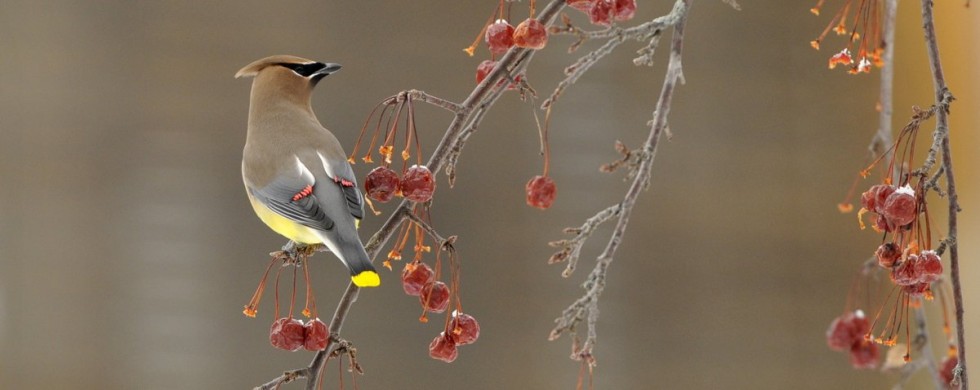
31
2014
Berry Serious
Shot of the Month – March 2014
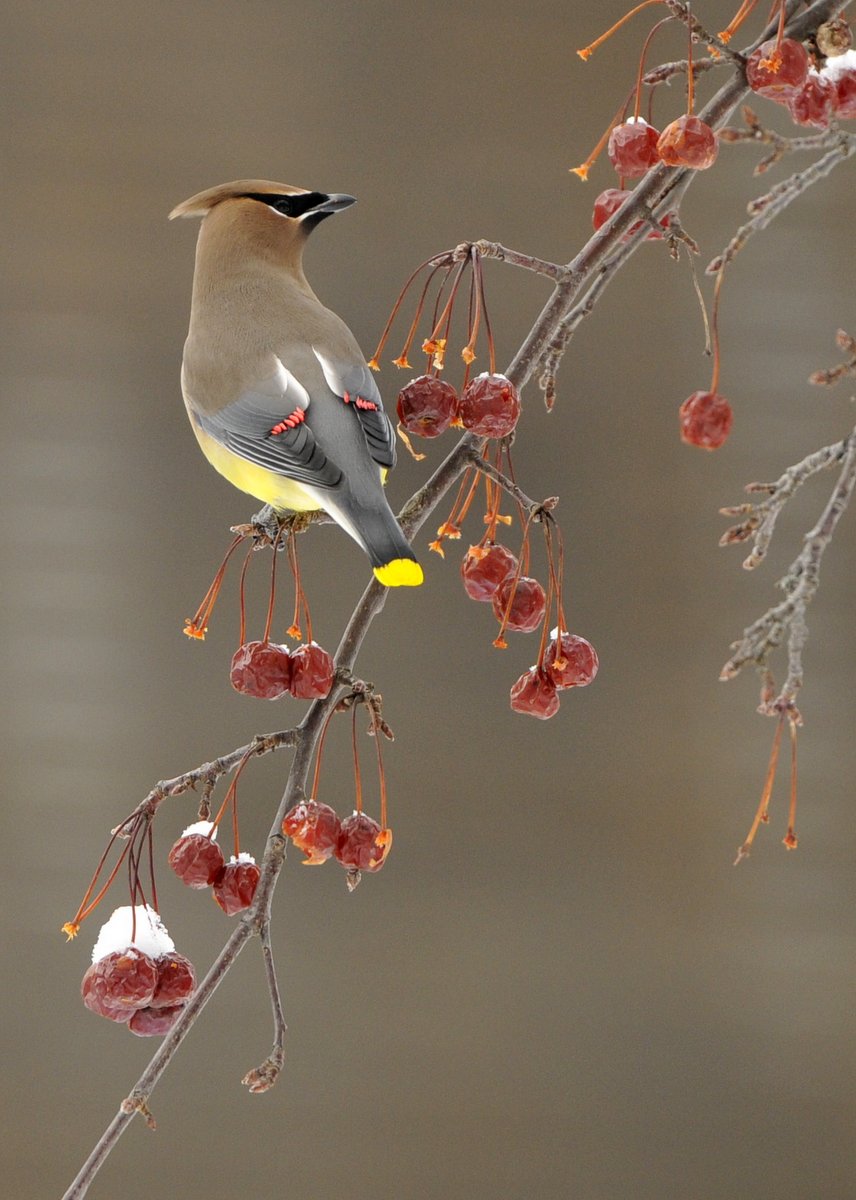 In the Northeast, you know that Spring is just about sprung when your local berry tree is suddenly just, a tree. What happened to the berries? Most likely, Cedar Waxwings is what happened.
In the Northeast, you know that Spring is just about sprung when your local berry tree is suddenly just, a tree. What happened to the berries? Most likely, Cedar Waxwings is what happened.
With the change of seasons marauding hoards of Cedar Waxwings, returning from warmer locales, descend upon a laden tree and devour all the fruit in 1-2 days before moving on to the next buffet location.
I shot this photo by two fruit trees just outside of my office building in February 2014. The scene was comical as suddenly a few dozen birds would appear and the berries started “poppin.” Standing underneath the trees I was repeatedly pelted as berries bounced off my head as some fell loose or as the birds cast aside those fruit deemed unacceptable.
Cedar Waxwings are one of the few North American birds that specialize in eating fruit and are considered mainly frugivorous (yep, it’s a word).
In the early summer, they eat strawberries, mulberries, and serviceberries. By later summer they have shifted to raspberries, blackberries, cherries, and honeysuckle berries. In late fall and winter, they forage for juniper berries, grapes, crabapples, mountain ash fruits, rose hips, cotoneaster fruits, dogwood berries, and mistletoe berries. (source)
That’s a lot of berries.
Because they eat so much fruit, Cedar Waxwings occasionally become intoxicated or even die when they run across overripe berries that have started to ferment and produce alcohol.
During the summer Cedar Waxwings will supplement their fruity diet with protein-rich insects like mayflies, dragonflies, and stoneflies that they often catch on the wing over water, “flying like tubby, slightly clumsy swallows.” (I love that description)
While most birds hatch in early summer, the Cedar Waxwings nest in late summer to ensure a rich supply of berries for their young.
During the mating season, males often pass a small item like a fruit, insect, or flower petal, to the female. After taking the fruit, the female usually hops away and then returns giving back the item to the male. They repeat this a few times until, typically, the female eats the gift. (source)
Ahhh, the mighty berry — it determines where Cedar Waxwings go, when they go, helps in finding a mate, and influences how they raise their young.
Let the games begin:

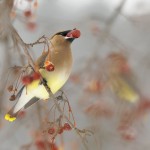
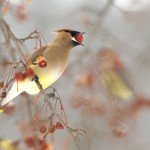
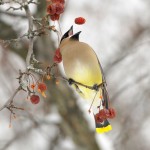
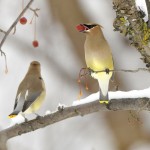
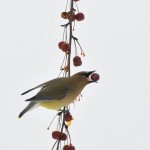
Gary Kohn
A lovely bird, and beautifully captured.
niki kohn
STUNNING!!
Freddie Mantchombe
really very romantic description Michael…greetings from the Africa’s Far-West (Bangui)
elizabeth
The coulours are fabulous…. and description to match. Hope you are keeping well.
Shareful
So sweet!!!!
Stolen Moments @ Michael Despines Photography
[…] we actually have here is two lovely Cedar Waxwings performing a courtship ritual known as “courtship feeding.” Usually it goes down like […]
Sherry Lawson
I thoroughly enjoyed both your amazing photography and description of the cedar waxwing’s mating ritual! Hope you’re safe and well!